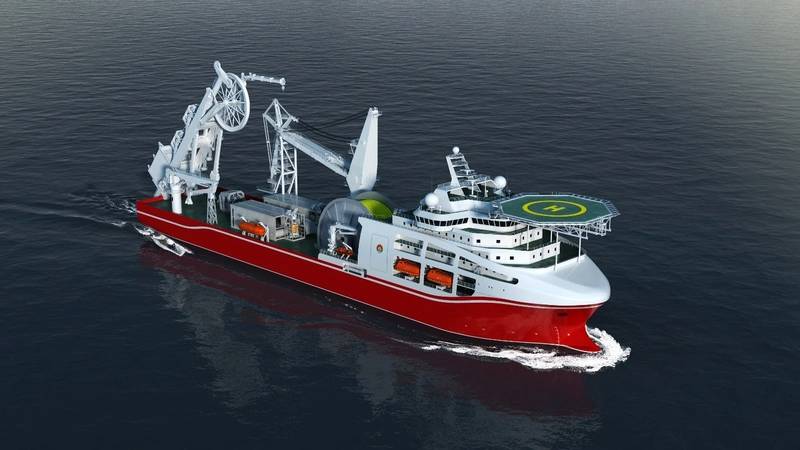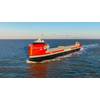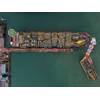Spread of GE Tech Ordered for DSV Newbuild

Shanghai Salvage Bureau’s (SSB) new ship is purpose-designed for a range of roles including deep-water salvage operations, deep-water pipelay and construction as well as a saturation diving capability for up to 24 divers in two bells.
Recently, GE’s Marine Solutions has been chosen by SSB, one of the largest rescue and salvage companies in the world, to provide a suite of marine technologies including power and propulsion equipment, dynamic positioning (DP) and automation and control systems to its newest deep-water dive support vessel (DSV). The vessel will become the world’s first deep-water DSV with a multi-saturation diving system. Once delivered, it will enable diving operations to be performed at depths of up to 500 meters and salvage work at 6,000 meters.
Particularly in the tough offshore environment and in challenging weather, keeping the vessel “on station” and enabling smooth deep-water operations makes the DP system a critical component.
The vessel will feature GE’s latest technology—SeaStream DP system (Class 3). Using multidirectional thrusters and sensors to monitor real-time wind, current and wave conditions and automatically activate the propulsion units to counteract the environmental forces, the technology will enable the ship’s position and orientation to be safely and efficiently controlled.
GE’s deep-domain expertise in DP has also extended its capability to include fuel usage optimization. GE’s Ecomagination energy-efficient mode uses advanced algorithms to optimize vessel heading and optimize the number of generators needed for operation, further reducing power consumption, operational costs and emissions.
In addition, the vessel will be powered by an electric power and propulsion system, including GE’s 4,656-kilowatt generators, switchboards and medium-voltage frequency drive propulsion controllers as well as a vessel automation and control system, all configured for optimum power and propulsion performance. The main propulsion switchboard will be arranged in a closed-ring configuration to get to maximum efficiency and availability.
Related News




